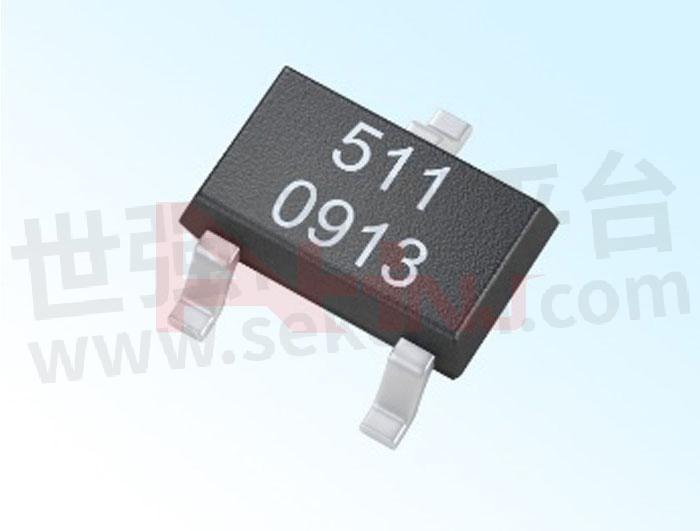Do You Know Low-Cost Hall Effect Sensor and Simplified Switching?

Do You Know Low-Cost Hall Effect Sensor and Simplified Switching?
Simplified shifting is a Hall sensor IC powerful purpose. The output signal is clean, fast, and changed without bounce (an underlying issue with mechanical switches). A Hall-effect switch generally works at up to some 100kHz repetition rate and costs less than several common electromechanical switches.
The linear Hall-effect detector IC finds the movement, place, or change in field strength of an electromagnet, a permanent magnet, or even a ferromagnetic substance with an applied magnetic prejudice. Energy intake is quite low. The output signal is linear and temperature-stable. The detector IC frequency response is flat up to about 25kHz.
A Hall-effect detector IC is significantly more efficient and powerful compared to inductive or optoelectronic detectors and at a lower price.

- +1 Like
- Add to Favorites
Recommend
- What Should You Know About Hall Effect Sensors?
- SLKOR SLSS451A-9 Hall effect sensor: Stable and Reliable Multifunctional Components
- How to Measurement Hall Effect Sensor?
- Where Are Hall Effect Sensors Used?
- Let’s Know about The Hall Effect Magnetic Sensor
- Hall Effect Sensors- Which Is Best for Your Design?
- 2 Reasons To Choose Induction Over Hall Effect Sensors
- SLKOR SLOH49E-9 Hall Effect Sensor with an Extensive Temperature Range from -40℃ to 150℃ and Two Package Forms, T092 and SOT23
This document is provided by Sekorm Platform for VIP exclusive service. The copyright is owned by Sekorm. Without authorization, any medias, websites or individual are not allowed to reprint. When authorizing the reprint, the link of www.sekorm.com must be indicated.

































































































































































































































































































































































































































































































































































































































































































































































































































































































